It’s official: chapter two of the BTS story is upon us! Lead rapper and main dancer, j-hope got the ball rolling with the announcement of his upcoming solo studio album Jack in the Box, for which the first single has just come out.
Coming in hot with a sickening music video to match, j-hope’s lead single More is an emo hip-hop track with an old school beat and an unexpected rock influenced chorus. The concept for the album — the children’s toy Jack-in-the-box — is the heaviest influence in the music video.
A Jack-in-the-box is a jester clown that jumps out from a box and is appropriated by j-hope in More as a horror-like concept, much like what happens in the The Jack in the Box horror franchise. Clowns have been historically associated with creepiness and the startling effect from one jumping out of a box only adds to that. Additionally, the origin of the children’s toy is bone-chilling in itself.
The expression “Jack in the box” is said to have originated from the story of Sir John Schorne, who lived in England in the 12th Century. In order to protect the people of Norfolk, the man claimed to have caught the Devil and held him captive in his boot. This theory adds up with j-hope’s album cover, where the design of the letter “J” is in the shape of a clown boot.
During the promotions for BTS’ anthology album Proof, which came out June 10, j-hope told Weverse Magazine he wanted to show the world a darker side of himself. Could that be the devil inside the box the music industry has tried to trap him in?
“As you know, I often present myself with a sunny demeanor. So I have a strong desire to display a different side of me. I personally challenged myself to do that in my current projects. I wanted to show an extremely dark, raw side.”
Being labeled a pop artist — or an “idol,” as is commonly used in Korea — comes with a number of creative constraints. Not only are people quick to judge pop music as shallow or soulless, the commercial demands of the industry also put limits on what a musician can produce after his audience is accustomed to a certain sound.
This theory is further confirmed by the similarities between the roles of a pop idol and a jester as entertainers in their respective time periods. In a way, celebrities are the jesters of today. Paid to entertain, but without any real power, as that lies in the hands of industry executives, as it did in the hands of kings of yesteryear. The name Jack is also phonetically reminiscent of j-hope, or his real name Jung Hoseok.
In the music video for More, a box is delivered to j-hope and, as he sings the first verse of the song, a version of himself wearing a jester hat creepily pops up in the corner. Then, we are thrust into a collection of other settings which, by the end of the video, we find out were all taking place inside the box.
The lyrics for More interestingly clash with the atmosphere of the video. Throughout each verse, j-hope raps about just how much he loves his work, he calls it “the reason for living, the joy of life.” Anyone who’s followed the musician knows his passion for music is no joke, but he’s also touched on the topic of burnout and workaholism in previous works like Dis-ease, so it wouldn’t be too crazy to interpret the lyrics for More as sarcastic. This reading is backed by the strange corporate setting j-hope chose for his video.
J-hope enters an office that’s packed with busy employees as he raps “endless studying, I crash and fall to make my art.” The scenario is colorless and joyless alluding to the routine, uncreative and repetitive nature of most corporate jobs. His obsession with productivity, could be rendering the process of making music just as soulless. This office space also looks particularly similar to the one in the movie Fight Club which touches on these same themes of burnout and the monotonous lifestyle of modern society. Coincidence or not, the main character in the David Fincher masterpiece is curiously named Jack Moore. Could the jester that we see in the corner in the beginning of the video be the Tyler Durden to j-hope’s Jack Moore? A character he created to escape the world’s restraints?
When the office manager walks into the room, j-hope trips him and then mocks him by pinning his face against a scanner which draws enthusiastic cheers from the previously bored-looking workers. He is the jester, mocking the king. Jesters were allowed to criticize their monarch, just as long as they did it with humor. A parallel could be drawn here for musicians, who are allowed to be political, just as long as they keep being entertaining. However, j-hope also acts as some sort of savior, as he sets these people free, because maybe that is the real point of music — to inspire, and not merely entertain.
We exit the office through a window and enter a banged up workshop, where another version of j-hope performs alongside a band of mutilated instrumentalists, as the song explodes into a punk inspired chorus. This is the music video’s creepiest setting and also the complete antithesis of pop music’s colorful, flawless stages. J-hope’s band possibly symbolizes the lifestyle of excess and plastic surgery typical of fame.
Through a corridor, we reach a hospital room where the jester is getting an X-ray. The lyrics become more aggressive as j-hope sings “Pump some gas and I drive to the beat.”
In the line “Watch out everyone, I’m reckless, drunk in the artistic painting,” he equates his art to alcohol as an addictive and mind-altering substance, which has made him reckless and perhaps landed him in the hospital.
In one of the video’s coolest bits, the X-ray comes alive and continues the song, literally revealing j-hope’s interior. “I want it, stadium with my fans, still. Bag all the trophies and Grammys too. Fame, money’s not everything, I already know it. My work makes me breathe, so I want more,” he sings, expressing his innermost desires.
The song then slows down. At the same time, the video revisits some previous scenarios where time, characters and objects now stand still. The lyrics, which j-hope slurs out, say “Inhale, inhale, exhale, exhale. I feel alive, bring it all, I’m doing it all,” making it seem like he’s coming down from a high, a feeling aided by the camera’s perspective which indicates an out-of-body experience. Then, the video reaches its climax when the beat drops ahead of the chorus.
The outro is an exact repetition of the first lines of the song. More is really a cycle, much like the lifestyle the music video dissects. The sentence “I’m still (not enough)” closes off the track, suggesting there wasn’t any growth and perfectly encapsulating the subversive meaning of More. In its essence, the single explores j-hope’s obsession with perfection and productivity as the “Jack” trying to break free from the entrapments of the “idol” box.
J-hope’s second solo effort Jack In The Box comes out July 15.


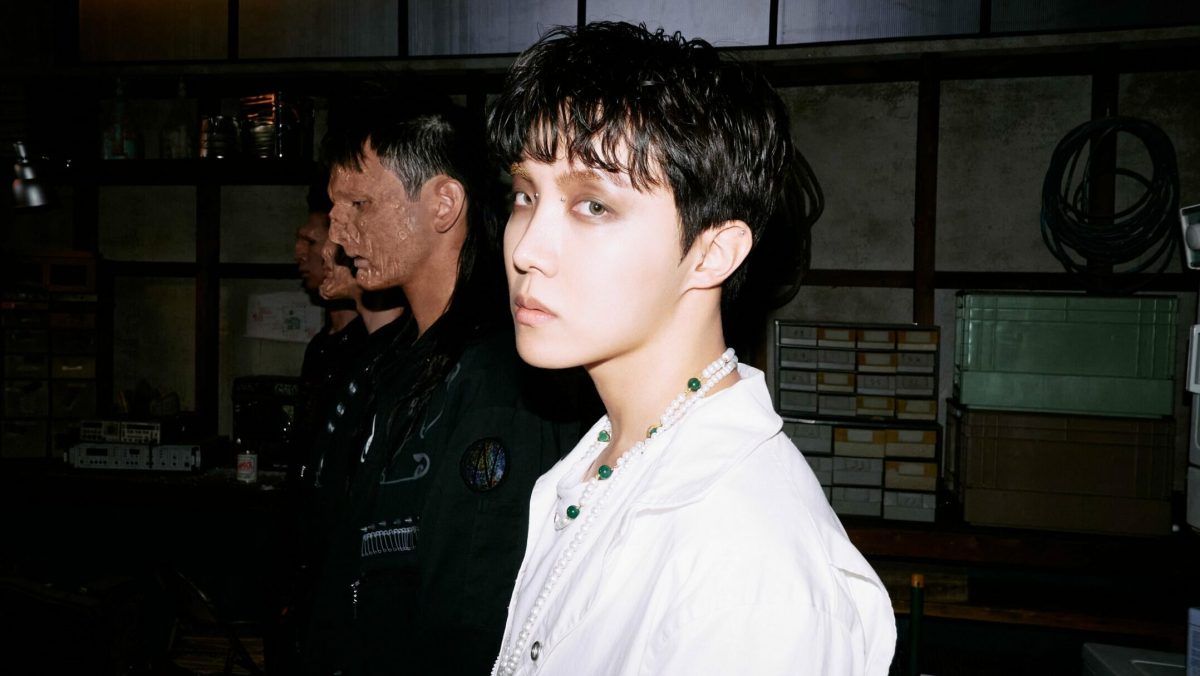
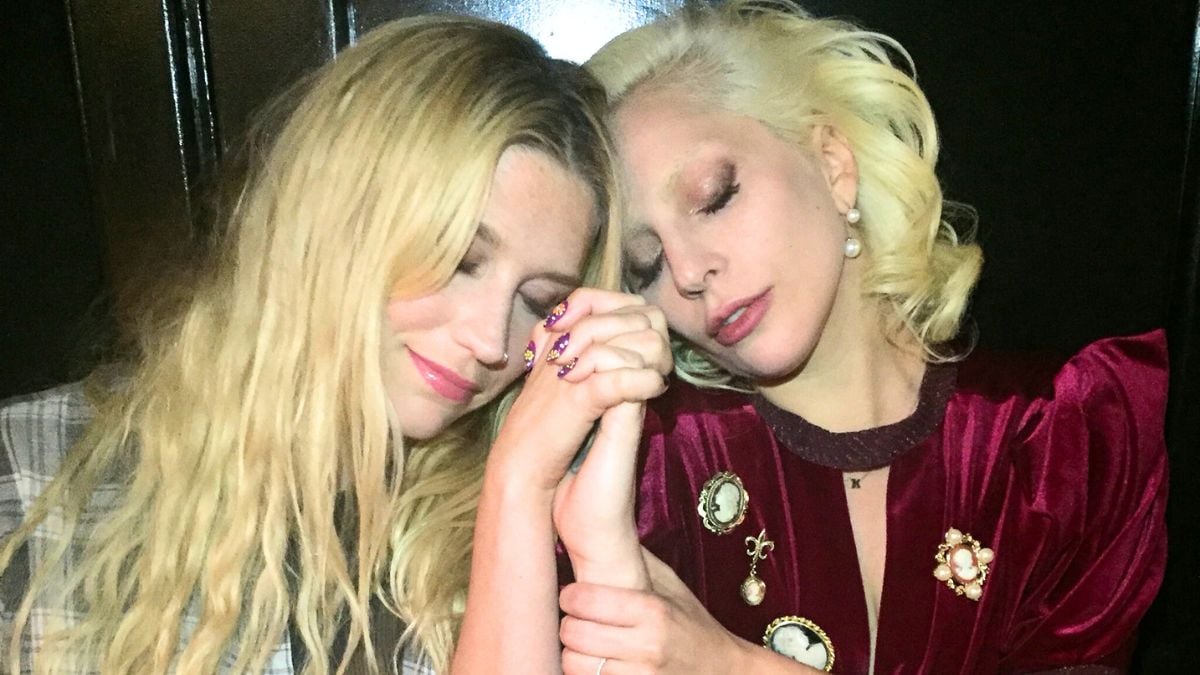
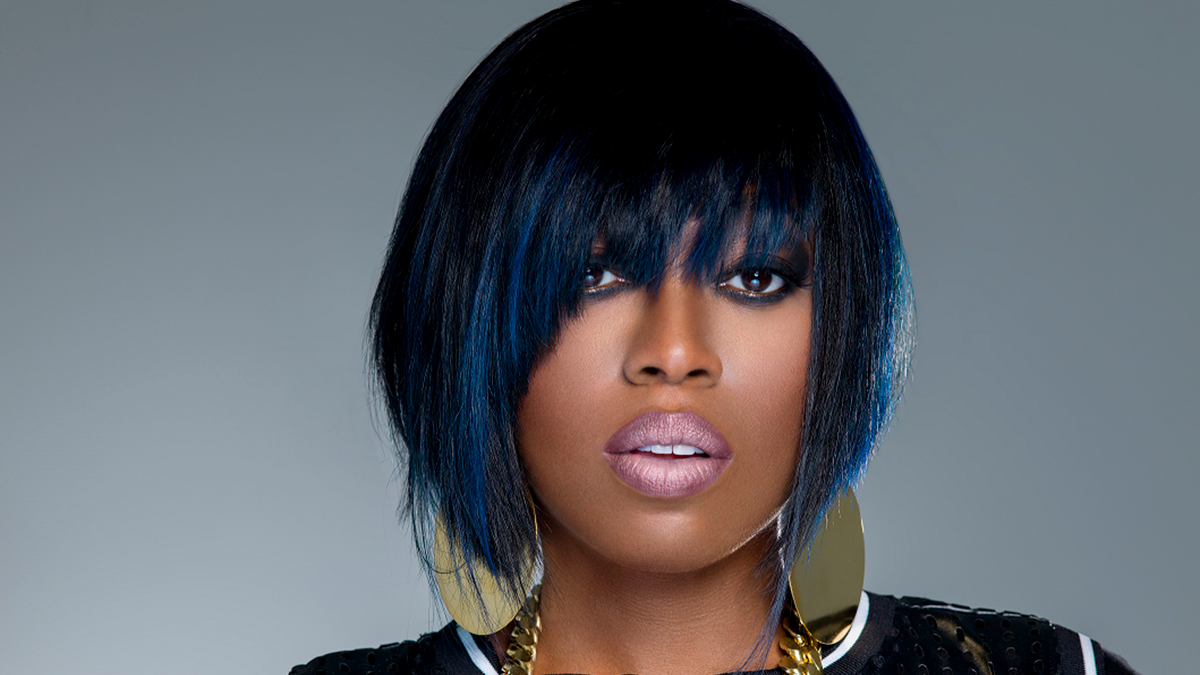

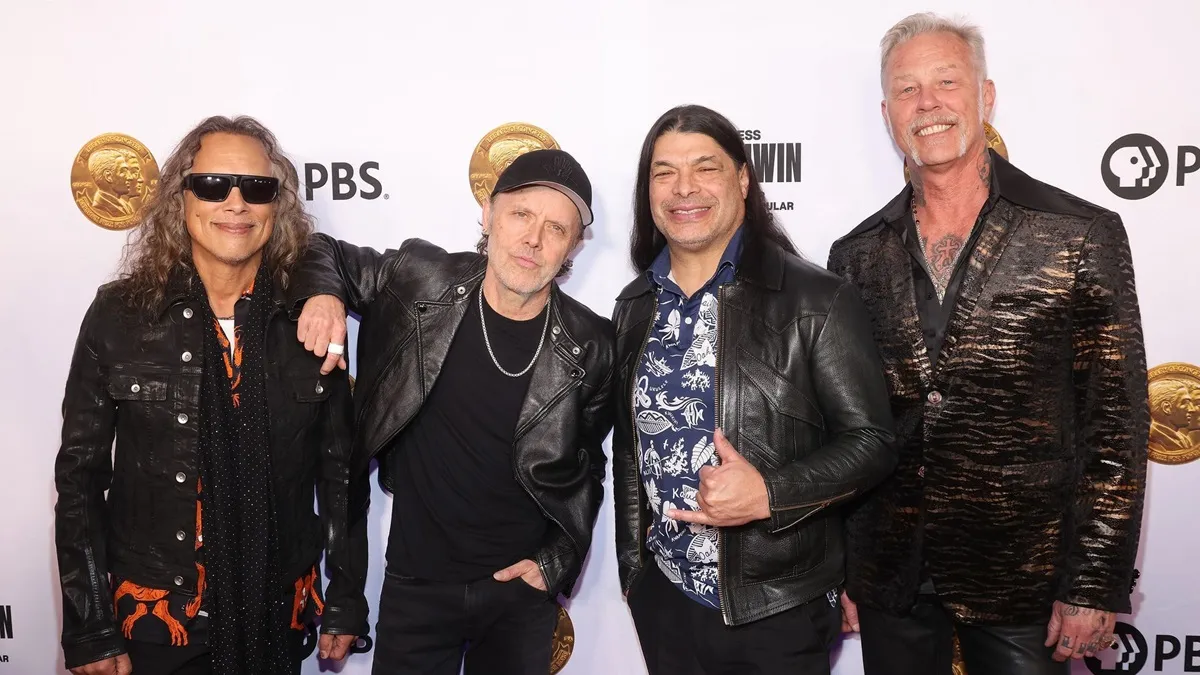
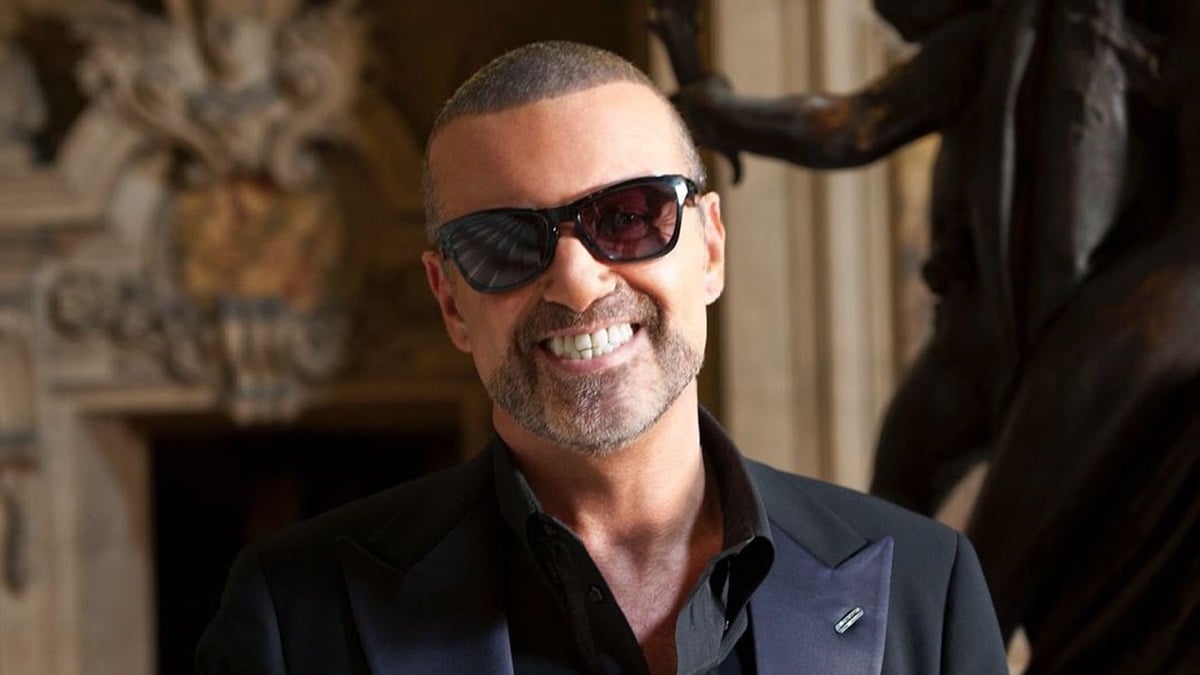

Published: Jul 1, 2022 04:29 pm